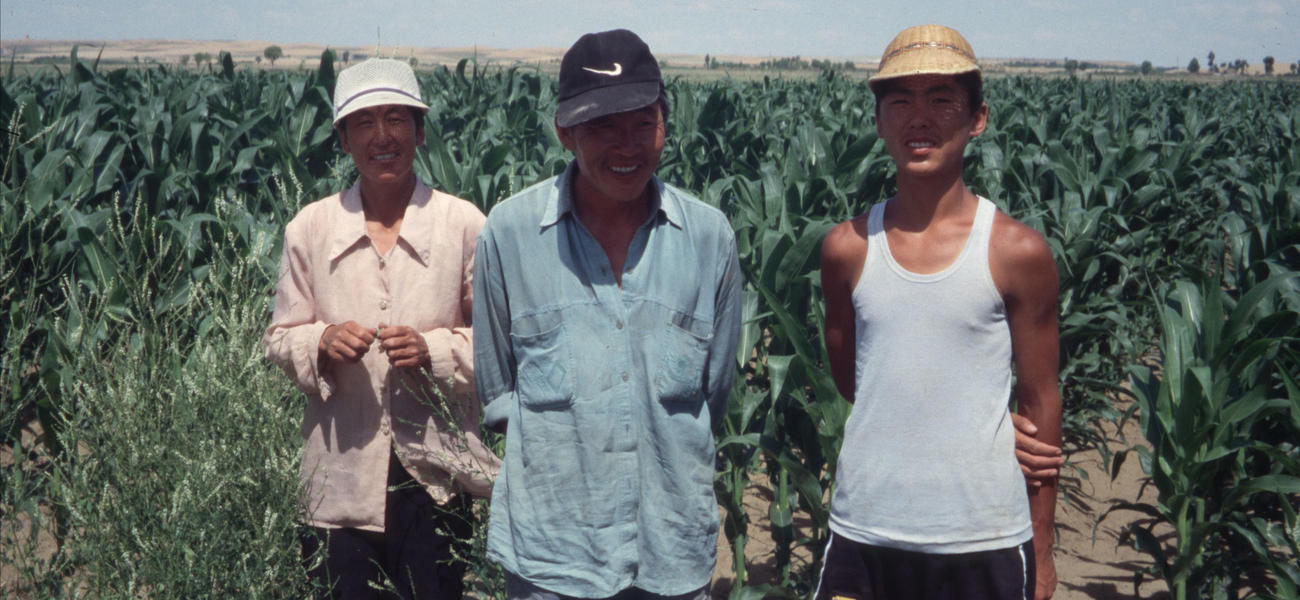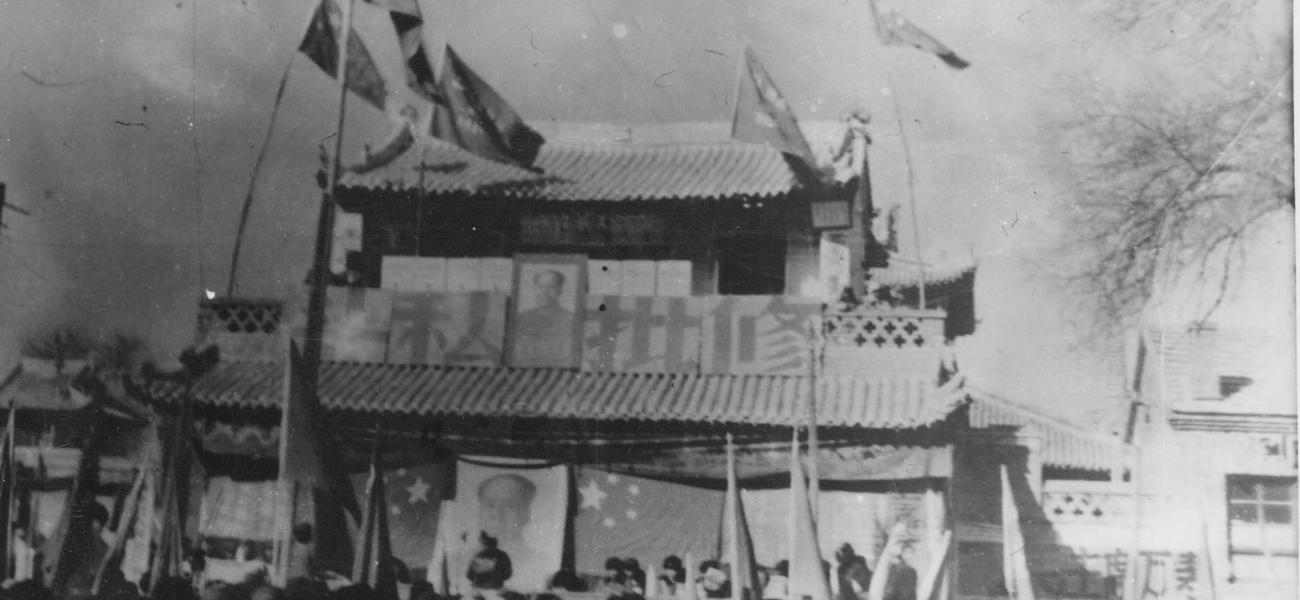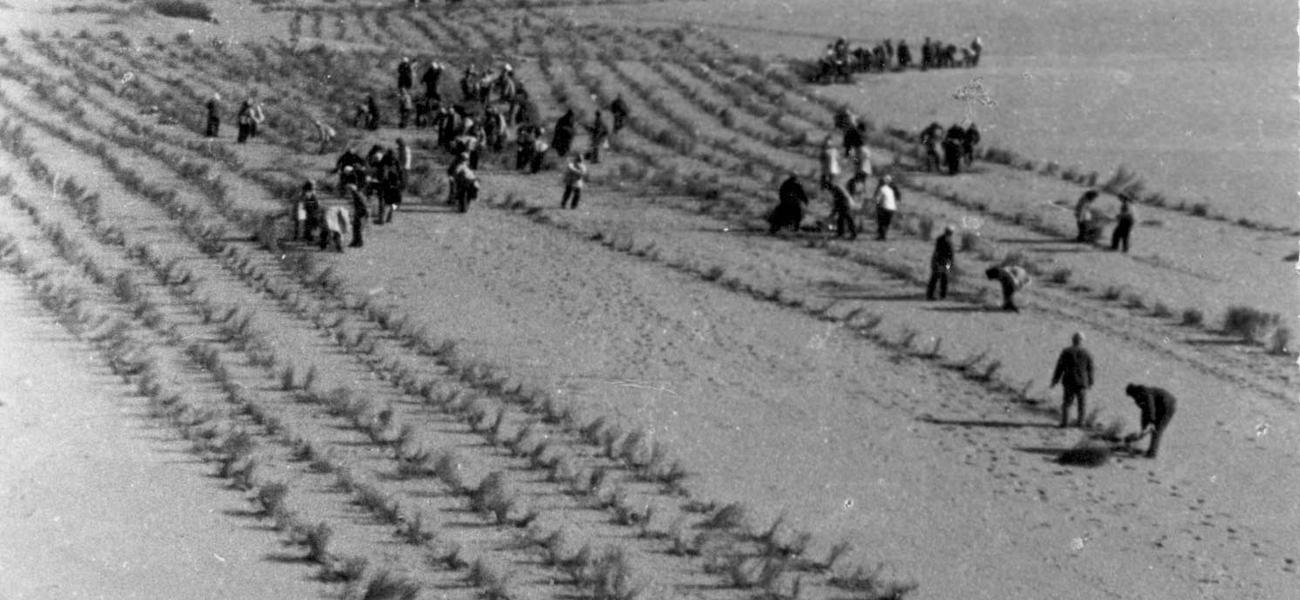China’s economy has grown rapidly in the last three decades, doubling in size every seven to eight years. At the same time, economic disparity, social discontent, and environmental problems have intensified in China. Minority regions in western China, including Inner Mongolia and Tibet, have to contend with the additional issue of cultural survival. Development drives in these regions have tended to follow the economic model of China’s coastal provinces, and increasingly minority groups are facing an impossible choice between embracing economic development and maintaining their cultural integrity. As an early adopter of development-oriented policies, Mongols lie at the forefront of this conundrum.
This article discusses the loss of Mongolian lands and culture amidst China’s development drives. Much of this article draws on more than a decade of study on the Ordos Plateau in central Inner Mongolia, which I began as a graduate student in 1991, examining environmental practices in the post-reform era. I was optimistic about China’s environmental future then. This optimism has been much dampened over the years as I have seen the accelerating loss of Mongolian grassland and culture.
Inner Mongolia, a minority region that is now more than 80% ethnic Chinese, was among the first to embrace China’s reform policies in the 1980s. In China’s rural areas, an important reform policy, the “household responsibility system,” redistributed farmland to households after the collectivization of the 1960s and 70s. Inner Mongolia set an example for grazing regions with a “double” distribution of both livestock and grassland to households. Fencing was encouraged and by the 1990s all usable grassland in the Ordos had been closed.
The government hailed the completion of fencing as great progress on the road to development. The negative effects of grassland privatization, however, soon became clear. Overgrazing and other sources of grassland degradation quickly began to emerge as significant problems. In the past, the shared grasslands had been a significant source of support not only for Mongolian animal husbandry practices, but for the entire cultural fabric of the region. According to anthropologist Dee Mack Williams, who worked in eastern Inner Mongolia in the late 1990s, the damage to Mongolian culture due to grassland privatization has been even more severe than that of the Mao era.
Intensive land use has followed grassland privatization. The most intensive has to be the rapid expansion of farmland through irrigation. The Ordos area is dry, with only 300-500 mm of annual precipitation (roughly the same as the Lhasa area, and about a third that of New York City), and has sandy soil. Groundwater in the area, however, is shallow and easy to access, so irrigation did not require significant labor or technology. Utilizing well-digging techniques they learned from Han farmers in Shaanxi Province, to the immediate South, the Mongols of Ordos were able to rapidly expand irrigation. Corn and other water-intensive crops were planted. Mongols in the Ordos area now own and cultivate more land than their poorer Chinese neighbors in Shaanxi.
In addition to the rapid expansion of irrigation, a coordinated effort has been made to raise the overall productivity of the grasslands. Post-Mao China has tried hard to shake off the image of Mao’s war against nature. In northern China, that effort has taken the form of the Great Green Wall, an afforestation program which began in 1978 to hold back the advance of the Gobi Desert. Shrubs and grasses hve also been planted directly on the desert, and aerial seeding has sought to further expand grass-cover in the region.
What has resulted from these intensive practices? Let us first look at the changing grassland. The Great Green Wall, now covering more than 500,000 acres, is the largest artificial forest on earth. Already by 2001, in a community at the dry center of the Ordos where Mongols are concentrated, the number of trees had risen from 200-300 per person in the 1980s to over 2,000. Most of the trees planted, however, were willows, which require much water to sustain.
Shrubs and grasses also increased, but the overall quality of the grassland over the period has significantly decreased. Overgrazing had already become a serious problem by the late 1990s. Now the best-quality lowland grassland, where wild grasses once rose above the knee, has been grazed to the ground. Moving sand has been activated as the lowland water table has fallen. The percentage of land covered by moving sand, a measure of overall land condition, at 50%, however, has remained about the same as in the 1980s. Decades of effort towards ecological improvement seem to have improved neither the quality of the grasslands nor the larger ecosystem.
My optimism about the post-Mao environmental future has been replaced with grave concern as I came to an ironic realization: Post-Mao ecological policy has followed the same logic as Mao’s war against nature: that of human domination and control of nature. Land improvement programs set out to make new productive lands instead of recovering the grassland ecosystem that once was. The result has been counter-productive, and the failure prompted the launch of controversial “ecological migration” programs, moving people off seriously degraded grassland, in 2000.
But are the Mongols better off? Economically, many are. But at what cost? Bailaji, a Mongol farmer who first adopted irrigation techniques in the 1980s, spoke about his dilemma:
Farming is very hard. But if we go back to the grazing life of the past, I would not be used to its low standard of living any more. I am used to farming now—I have become an experienced farmer.
Bailaji was happy that his son entered a college in the regional capital of Baotou and does not have to live on the grassland. In the last few years, as coal and gas resources have been opened in the Ordos, rural out-migration and urban expansion have drawn more Mongols away from the grassland. For those who remain, the grassland, the material base for Mongolian pastoral traditions and culture, has changed forever.
In considering the future of Mongolian society on the Ordos, I am reminded of Bill Moyers, “Spirit and Nature,” which explored the world’s spiritual traditions and their views on nature. A Native American elder recalled a time when developers came to her land and promised prosperity if they would allow a ski resort to be built on their sacred mountain. “Prosperity of a different value,” she said, referring to the pursuit of profit at the expense of cultural values.
That is what the Ordos Mongols have now—development of a different value, one that has disregarded both the history and future of Mongolian culture. Mongols are caught in between: As they aspire to a better material life, they see their traditional culture eroding away. Will they be given the time to pause and consider what their options are, and the opportunity to decide what they want for their own future?
Among China’s minority regions, Inner Mongolia has followed the central government more closely. If Mongols have been a “model” minority for the Party, then their land and cultural losses may signify what other minority groups will experience if current central policies remain in place.
Dr. Hong Jiang is an associate professor of geography at University of Hawai’I Manoa. She received her PhD in 1997 from Clark University in Massachusetts. Her research focuses on minority peoples and resource use in China, ideas of nature in Chinese thought, and environmental ideology and politics. Her work has been published in Science, The Geographical Review, The Annals of Association of American Geographers, and Human Ecology. This article follows her presentation at “Where Have All the Yaks Gone?” a two-day conference at Trace Foundation on rangeland policy and environmental degradation in China.



